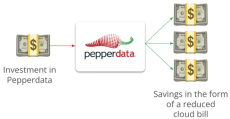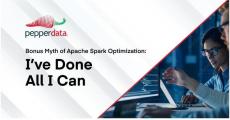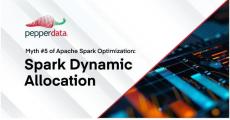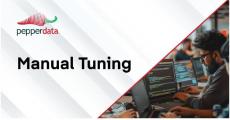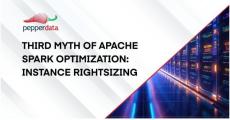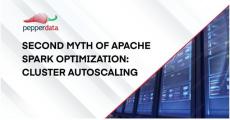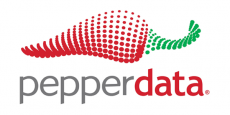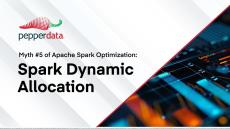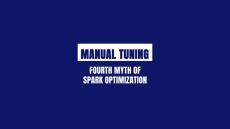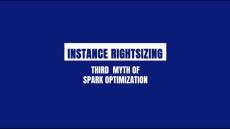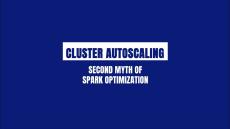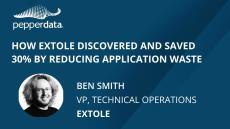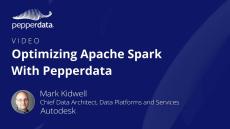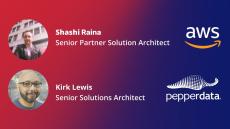- December 2024 (1)
- November 2024 (1)
- August 2024 (3)
- July 2024 (2)
- June 2024 (5)
- May 2024 (3)
- April 2024 (1)
- March 2024 (2)
- January 2024 (2)
- November 2023 (4)
- October 2023 (1)
- September 2023 (3)
- August 2023 (3)
- July 2023 (1)
- June 2023 (5)
- May 2023 (1)
- April 2023 (1)
- March 2023 (2)
- January 2023 (1)
- December 2022 (2)
- November 2022 (1)
- October 2022 (1)
- September 2022 (1)
- August 2022 (1)
- July 2022 (1)
- June 2022 (2)
- April 2022 (3)
- March 2022 (2)
- February 2022 (6)
- January 2022 (5)
- December 2021 (7)
- November 2021 (9)
- August 2021 (2)
- June 2021 (6)
- March 2021 (1)
- January 2021 (2)
Pepperdata offers big data observability and automated optimization both in the cloud and on premises.
As big data stacks increase in scope and complexity, most data-driven organizations understand that automation and observability are necessary for modern real-time big data performance management. Without automation and observability, engineers and developers cannot optimize or ensure application and infrastructure performance, nor keep cost under control. With support for technologies including Kubernetes, Hadoop, EMR, GCP, Spark, Kafka, Tex, Hive, and more, Pepperdata knows big data. Powered by machine learning, the Pepperata solution delivers application SLAs required by the business while providing complete visibility and insight into your big data stack.
Pepperdata helps some of the most successful companies in the world manage their big data performance. These customers choose and trust Pepperdata because of three key product differentiators: autonomous optimization, full-stack observability, and cost optimization.
Automatically optimize your big data workloads in real time with these three key features:
- Autonomous Optimization: Pepperdata Capacity Optimizer provides autonomous optimization that enables you to reclaim resource waste with continuous tuning and automatic optimization; optimize Spark workloads with job-specific recommendations, insights, and alerts; and get an up to 50% throughput improvement to run more workloads.
- Full-Stack Observability: Pepperdata Platform Spotlight and Application Spotlight provide big data observability, giving you actionable data about your applications and infrastructure. Understanding system behavior can transform your organization from being reactive to proactive to predictive.
- Cost Optimization: Optimizing operational costs is critical for your business. As data volumes increase so does complexity—and the costs of processing it. Whether you are running Apache Spark, Hive, Kubernetes, or Presto workloads, Pepperdata can help your organization optimize operational costs.
Automatically Optimize Your Big Data Workloads and Control Costs on Any Cloud.


